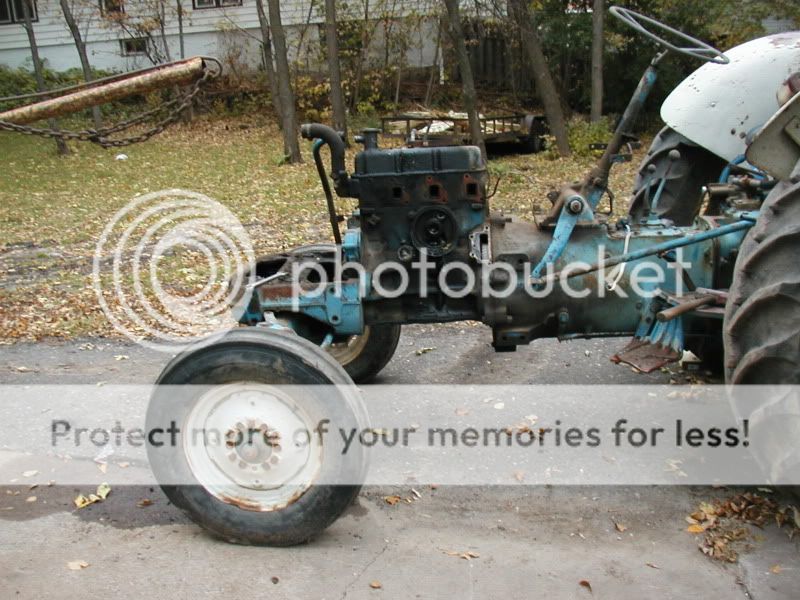37chief
Well-known Member
- Location
- California
My shop floor is dirt. When the barn was built back in the late 1800's I am sure cenent was not even a consideration. Dad used it to store his hay. Dad had a small area where he did some mechanic work on small things. Tractors were always repaired outside, except for a few times when the barn was empty. The hay has been gone for over 40 years. I have the barn now, and do a lot of my repairing in it, from motorcycles to tractors. The problem is the floor is still dirt. I have put down plywood, and cover it with carpet, a real trip hazard. I am sure I am not the only person in the US with a dirt shop floor. I just wonder what others do with a dirt floor. At this time in my life I just can't justify pouring cement. Stan



